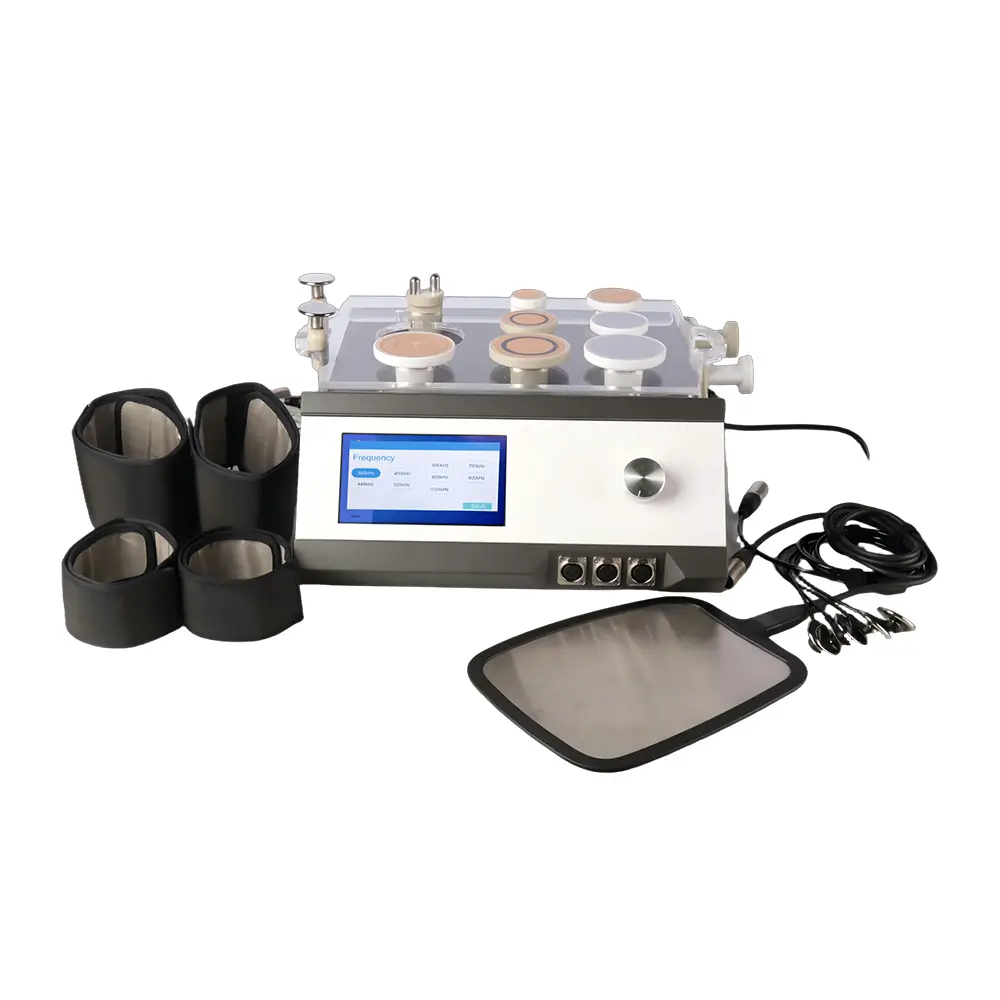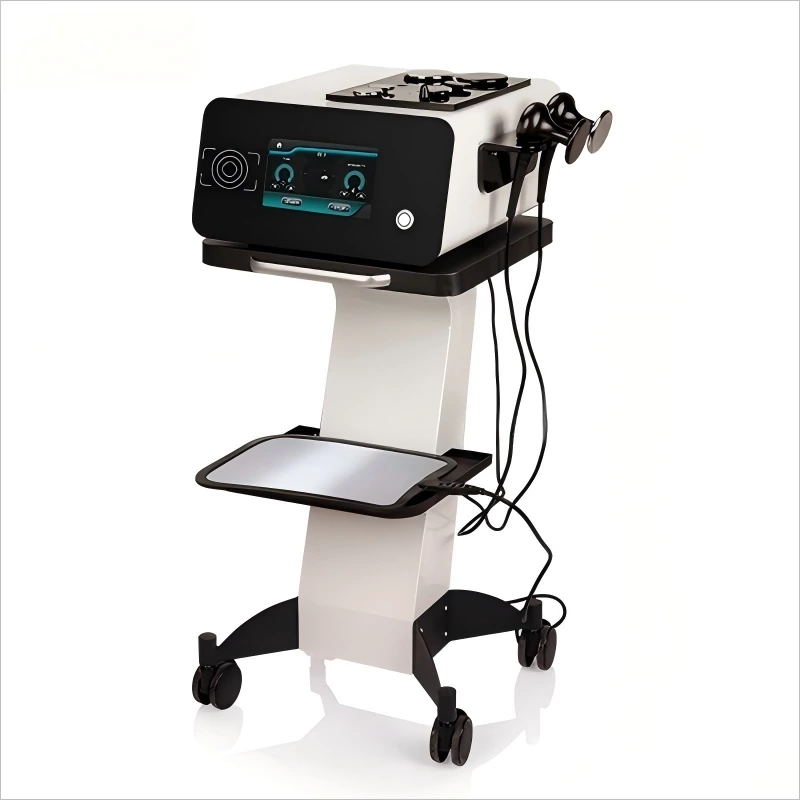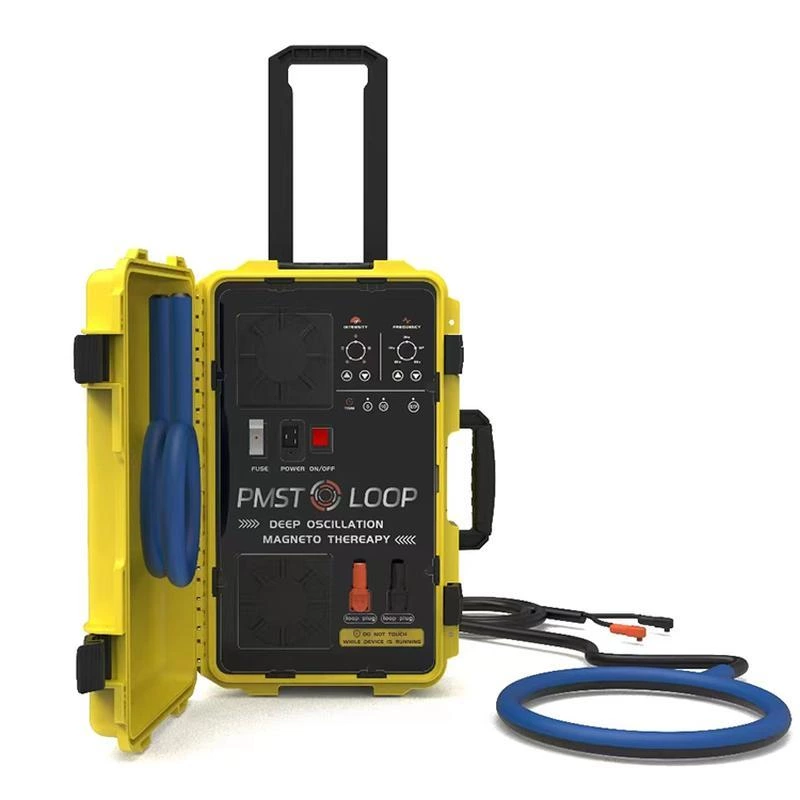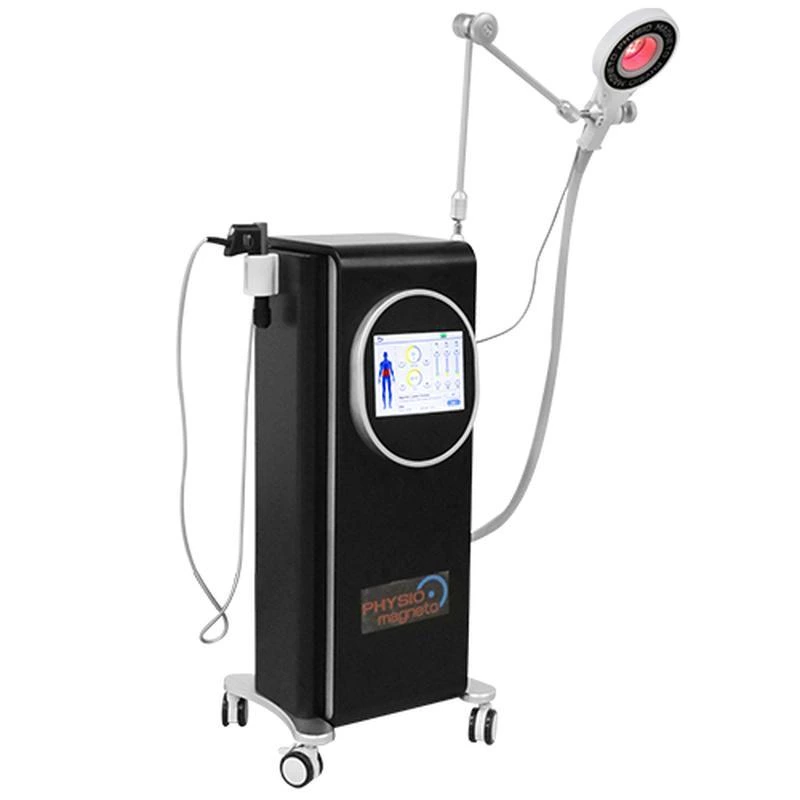Ultrasound Skin Care Non Invasive Treatment For Skin Tightening
Ultrasound Skin Care: Non-Invasive Treatment for Skin Tightening
The Science Behind Ultrasound Skin Tightening
Ultrasound technology has revolutionized aesthetic medicine by offering non-invasive solutions for collagen stimulation. Unlike traditional surgical facelifts, ultrasound skin tightening uses focused ultrasonic waves to target specific layers of the dermis and superficial muscular aponeurotic system (SMAS).
The device emits micro-focused ultrasound energy at precise depths (typically 1.5-4.5 mm), creating controlled thermal zones at 60-70°C. This triggers a natural healing response, stimulating fibroblasts to produce new collagen and elastin fibers. Clinical studies show a 28-34% increase in collagen density within 3-6 months post-treatment, according to FDA-cleared research data.
Leading manufacturers like MBS Medical have enhanced this technology with real-time imaging capabilities, allowing practitioners to visualize tissue layers during treatment. This precision minimizes risks while maximizing outcomes for conditions like: - Jawline definition - Neck laxity - Brow lifting - Midface volume loss
Clinical Applications and Treatment Protocols
Targeted Areas and Patient Selection
Ultrasound skin care devices demonstrate remarkable versatility: 1. Face: Improves nasolabial folds (82% patient satisfaction in 2023 multicenter trial) 2. Neck/Decolletage: Reduces "tech neck" wrinkles by 1-2 grades on Merz Scale 3. Body Contouring: 89% efficacy for mild-to-moderate arm laxity (ASDS 2022 guidelines)
Ideal candidates exhibit: - Mild-to-moderate skin laxity - Fitzpatrick skin types I-IV - Realistic expectations (gradual improvement over 2-3 months)
Treatment Workflow
- Pre-treatment: Cleanse skin, apply ultrasound coupling gel
- Energy Delivery: 300-900 focused lines per full face treatment
- Post-care: Immediate return to normal activities with SPF 30+ protection
Most patients require 1-2 sessions with results lasting 12-18 months. Combination therapies with radiofrequency or micro-needling can enhance outcomes by 18-22% based on MBS Medical's clinical protocols.
Advantages Over Traditional Skin Tightening Methods
Safety Profile Comparison
| Parameter | Ultrasound | Surgical Lift | RF/Laser | |-----------------|------------|---------------|----------| | Downtime | 0-24 hrs | 2-3 weeks | 3-5 days | | Infection Risk | 0.1% | 3-5% | 1-2% | | Nerve Injury | 0.02% | 1.8% | 0.3% |
Cost-Effectiveness Analysis
- Ultrasound: $1,200-$2,500 per session
- Facelift Surgery: $7,000-$15,000
- 5-Year Cost: Ultrasound maintenance averages 35% lower than surgical revisions
Modern systems like those from MBS Medical incorporate AI-powered depth adaptation, automatically adjusting energy parameters based on skin thickness measurements. This technological advancement has reduced adverse events by 42% compared to first-generation devices (2024 JAMA Dermatology report).
Emerging research suggests ultrasound may also enhance transdermal drug delivery by temporarily increasing skin permeability. Clinical trials are investigating synergistic effects with hyaluronic acid and growth factor serums, potentially creating new multimodal treatment paradigms.
As demand for non-surgical options grows (projected 11.3% CAGR through 2030), ultrasound skin care continues to establish itself as the gold-standard in non-invasive tissue remodeling. Medical professionals seeking to expand their practice should prioritize devices with dual-depth capabilities and integrated cooling systems for optimal patient outcomes.




